New Zealand is renowned for its stunning landscapes and unique wildlife, but the country is also a global leader in conservation efforts. Among its most iconic inhabitants is the kiwi—a flightless bird that has become a symbol of New Zealand’s rich natural heritage. To protect this unique avian species and other native wildlife, numerous wildlife sanctuaries have been established across the country. In this blog, we will explore some of the must-visit wildlife sanctuaries in New Zealand, highlighting their conservation efforts, the species they protect, and how you can contribute to these important initiatives.
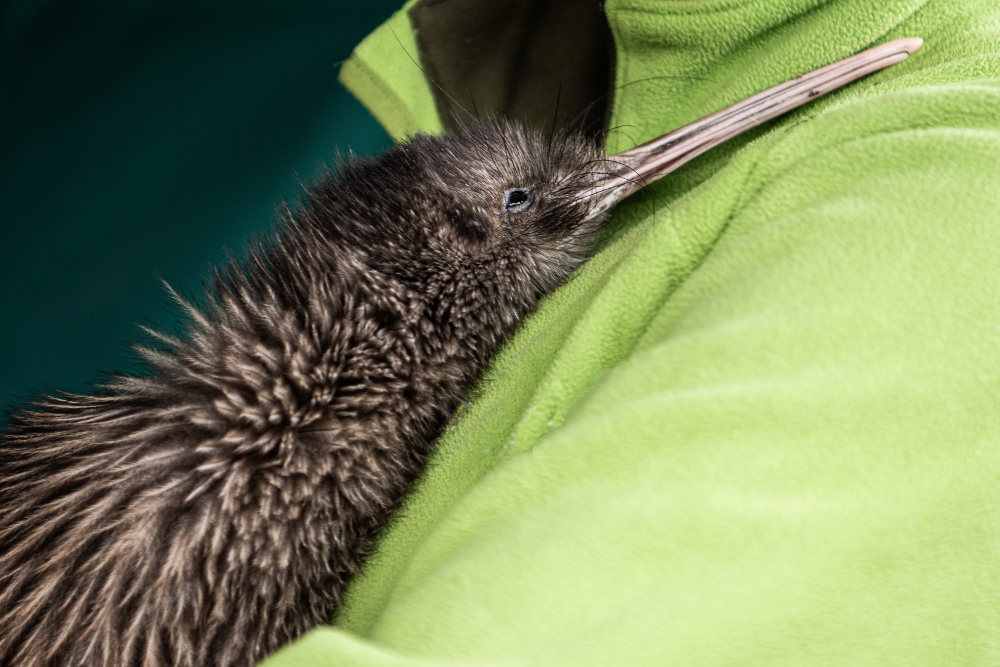
The Importance of Wildlife Sanctuaries
Wildlife sanctuaries in New Zealand play a crucial role in conservation by providing safe habitats for endangered species and restoring ecosystems. Many of these sanctuaries focus on removing invasive species, rehabilitating wildlife, and educating the public about the importance of preserving New Zealand’s unique biodiversity. By visiting these sanctuaries, you not only get the chance to see incredible wildlife but also support their ongoing conservation efforts.
Top Wildlife Sanctuaries in New Zealand
1. Zealandia Ecosanctuary, Wellington
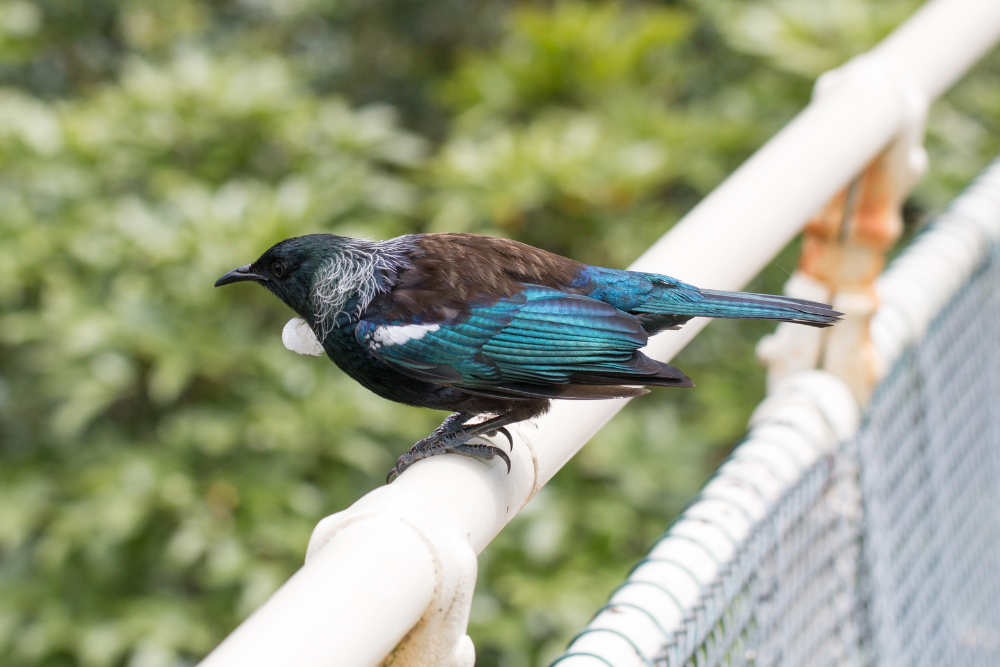
Overview
Located just a short drive from downtown Wellington, Zealandia is a groundbreaking ecosanctuary dedicated to restoring New Zealand’s unique wildlife and ecosystems. It spans over 225 hectares of lush forest and is surrounded by a predator-proof fence, creating a safe haven for native species.
Conservation Efforts
Zealandia has successfully reintroduced several endangered species, including the kiwi, tuatara, and saddleback (tīeke). The sanctuary conducts extensive research and monitoring to ensure the health of its ecosystems and the species within them.
What to Expect
- Walking Trails: Explore a network of walking tracks that meander through native bush, providing ample opportunities for birdwatching.
- Visitor Centre: The interactive visitor centre offers insights into conservation efforts and the history of New Zealand’s flora and fauna.
- Guided Night Tours: Experience the magic of a night tour to spot kiwis and other nocturnal wildlife in their natural habitat.
Tip: Plan your visit for early morning or late afternoon for the best chances to see wildlife.
2. Okarito Kiwi Sanctuary, West Coast
Overview
Nestled in the stunning West Coast region, the Okarito Kiwi Sanctuary is dedicated to the protection of the endangered rowi kiwi. This sanctuary is part of the Okarito Trig Walk, which offers a combination of beautiful scenery and the chance to see these iconic birds.
Conservation Efforts
The Okarito Kiwi Sanctuary has been pivotal in the recovery of the rowi kiwi population. Conservationists monitor the birds using radio transmitters and actively manage predator control to ensure a safe environment for breeding.
What to Expect
- Guided Tours: Join guided night tours for a chance to see the elusive rowi kiwi in its natural habitat.
- Walking Tracks: The sanctuary features well-maintained walking trails through lush wetlands and coastal forest.
- Birdwatching: In addition to kiwis, keep an eye out for other native birds like the kōtuku (white heron) and the tīeke.
Tip: Wear sturdy footwear, as the terrain can be muddy, especially after rain.
3. Tiritiri Matangi Island, Auckland
Overview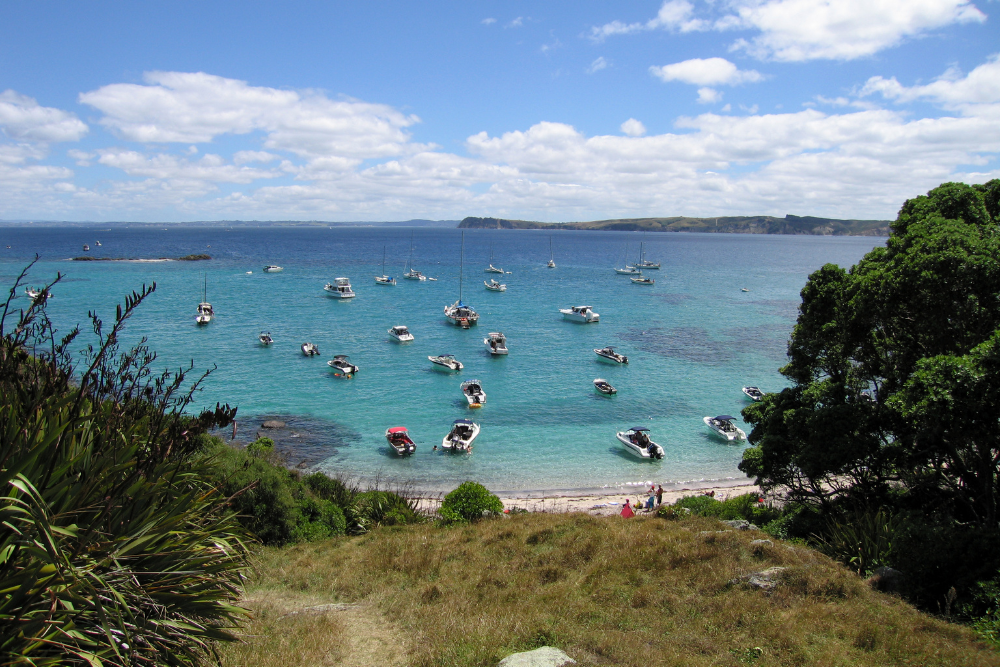
Tiritiri Matangi Island is a conservation success story located in the Hauraki Gulf, just a short ferry ride from Auckland. The island is a predator-free sanctuary that is home to a diverse range of native wildlife.
Conservation Efforts
Since the 1990s, Tiritiri Matangi has undergone extensive reforestation and habitat restoration. The sanctuary is home to species such as the endangered North Island kākā, hihi (stitchbird), and takahē.
What to Expect
- Walking Trails: Explore well-marked trails that lead you through beautiful forested areas and along coastal paths.
- Visitor Centre: The island’s visitor centre provides information about the restoration projects and the native wildlife.
- Guided Walks: Join volunteer guides for a deeper understanding of the island’s ecology and conservation efforts.
Tip: Bring a picnic and enjoy the breathtaking views from various lookout points around the island.
4. Kahurangi National Park and the Heaphy Track
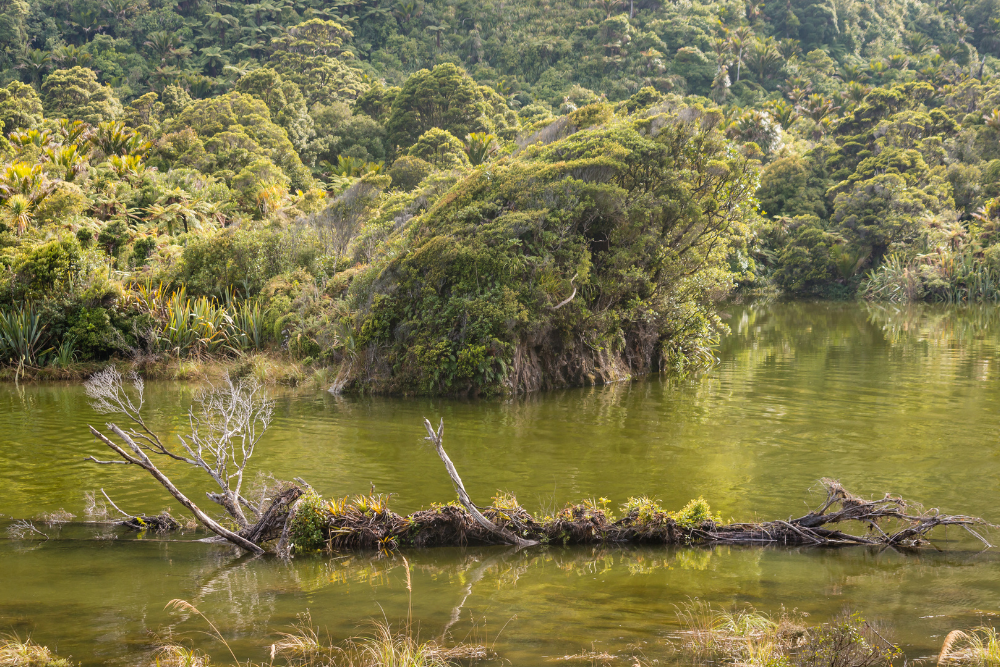
Overview
Kahurangi National Park is one of New Zealand’s largest national parks, located in the northwest region of the South Island. The park is home to a variety of ecosystems, including rugged mountains, lush rainforests, and stunning coastlines. The Heaphy Track, one of New Zealand’s Great Walks, runs through this incredible landscape.
Conservation Efforts
Kahurangi National Park is crucial for the protection of various endemic species, including the rare giant snail and the critically endangered yellow-eyed penguin. The park’s conservation efforts focus on habitat preservation and controlling invasive species.
What to Expect
- Heaphy Track: Hike the 82-kilometer (51 miles) Heaphy Track, which takes you through diverse ecosystems, showcasing stunning landscapes and wildlife.
- Wildlife Watching: Keep an eye out for native birds such as the kiwi, whio (blue duck), and bellbird while hiking.
- Campsites and Huts: The track features several campsites and huts for overnight stays, allowing you to fully immerse yourself in the wilderness.
Tip: Book your accommodation in advance, especially during peak seasons, as spots can fill up quickly.
5. Maungatautari Ecological Island, Waikato
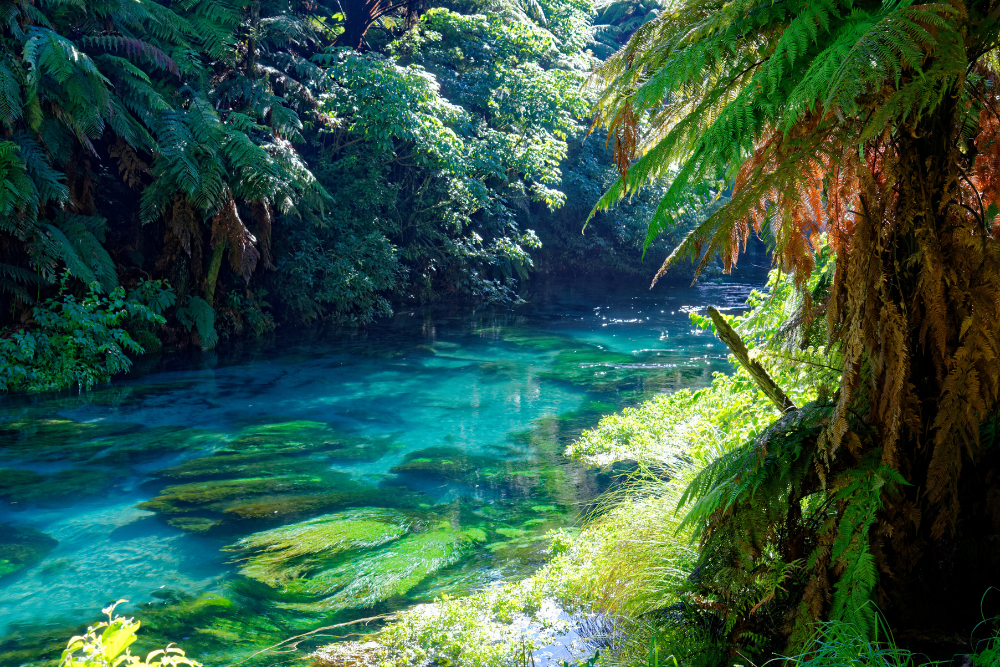
Overview
Maungatautari Ecological Island is a 3,400-hectare predator-free sanctuary located near Cambridge in the Waikato region. Surrounded by a pest-proof fence, this sanctuary aims to restore New Zealand’s native flora and fauna.
Conservation Efforts
Maungatautari is focused on the reintroduction of native species, including the kiwi, takahe, and the endangered bellbird. The sanctuary also engages in extensive research to monitor the health of the ecosystem.
What to Expect
- Walking Trails: Explore various walking trails that offer stunning views and opportunities to see native wildlife.
- Visitor Centre: The visitor centre provides educational resources about the sanctuary’s conservation initiatives.
- Night Tours: Join night tours to experience the nocturnal wildlife, including the chance to see kiwis in the wild.
Tip: Bring a flashlight for the night tours, and keep noise to a minimum to avoid startling the wildlife.
How You Can Support Conservation Efforts
1. Visit Wildlife Sanctuaries
By visiting these sanctuaries, you contribute to their funding and help support their ongoing conservation efforts. Your entry fees go directly to maintaining the sanctuaries and protecting the wildlife.
2. Volunteer Opportunities
Many wildlife sanctuaries offer volunteer programs where you can lend a hand with various tasks, such as habitat restoration, wildlife monitoring, and visitor education. This is a rewarding way to get involved and make a difference.
3. Educate Others
Spread the word about the importance of conservation and the unique wildlife of New Zealand. Sharing your experiences and knowledge can inspire others to appreciate and support conservation efforts.
4. Adopt a Species
Some sanctuaries offer adoption programs, allowing you to contribute financially to the care and rehabilitation of specific animals. This can be a meaningful gift or personal commitment to wildlife conservation.
Conclusion
New Zealand’s wildlife sanctuaries offer a unique opportunity to connect with the country’s incredible biodiversity while supporting vital conservation efforts. From the iconic kiwi to rare bird species, these sanctuaries play a crucial role in preserving the natural heritage of New Zealand.
By visiting these sanctuaries, you not only get to witness the beauty of native wildlife but also contribute to their protection and recovery. Whether you’re hiking through lush forests, spotting a kiwi at night, or learning about conservation efforts from dedicated staff, your experience will be both enriching and impactful.
So, lace up your hiking boots and embark on an unforgettable journey through New Zealand’s wildlife sanctuaries. Each visit is a step towards ensuring a brighter future for the unique species that call this beautiful country home. Happy exploring!












